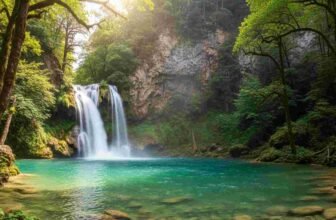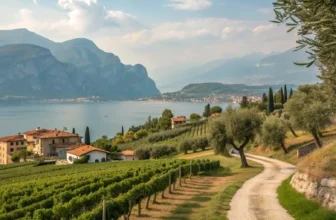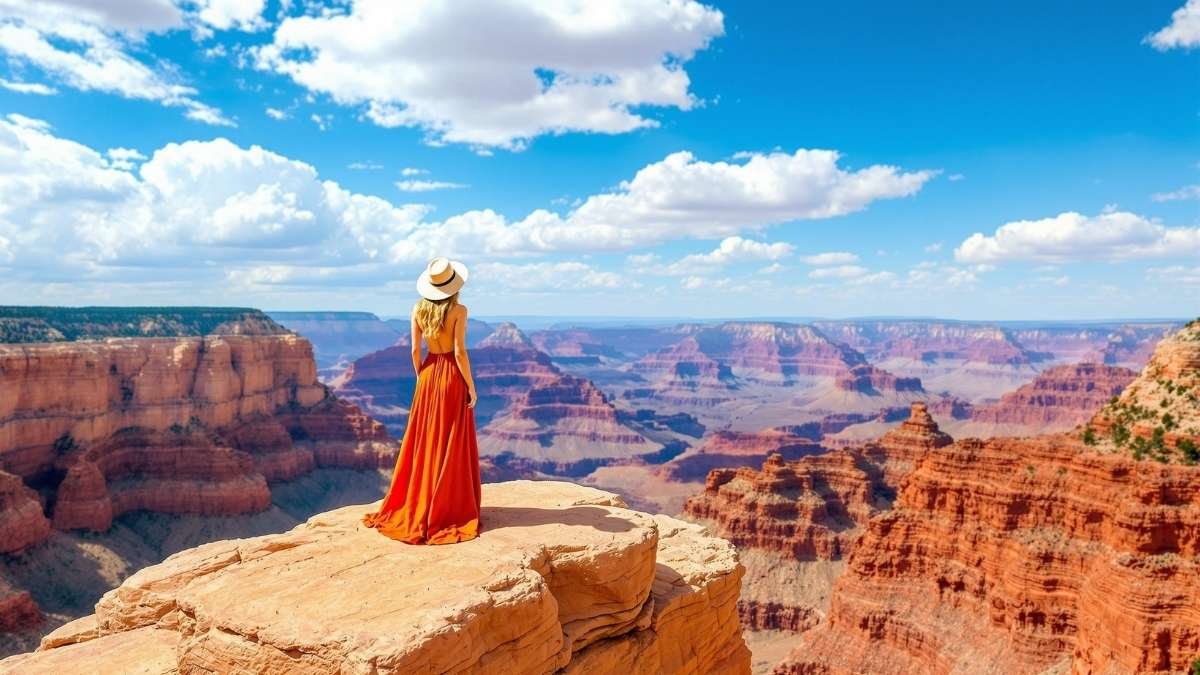
Something about standing at the edge of a place so vast, it quiets everything inside you. No screens, no to-do lists—just the raw, overwhelming scale of time carved into stone.
Grand Canyon isn’t just a destination; it’s a feeling you carry home. And for first-timers, that first glimpse is a moment you never forget. But with so much to see, where do you even start?
That’s where this guide comes in. Whether you’re after awe, adventure, or those quiet “wow” moments, these ten experiences will help you feel the canyon, not just visit it. Let’s make your trip unforgettable.
1. South Rim Scenic Drive (Desert View Drive)
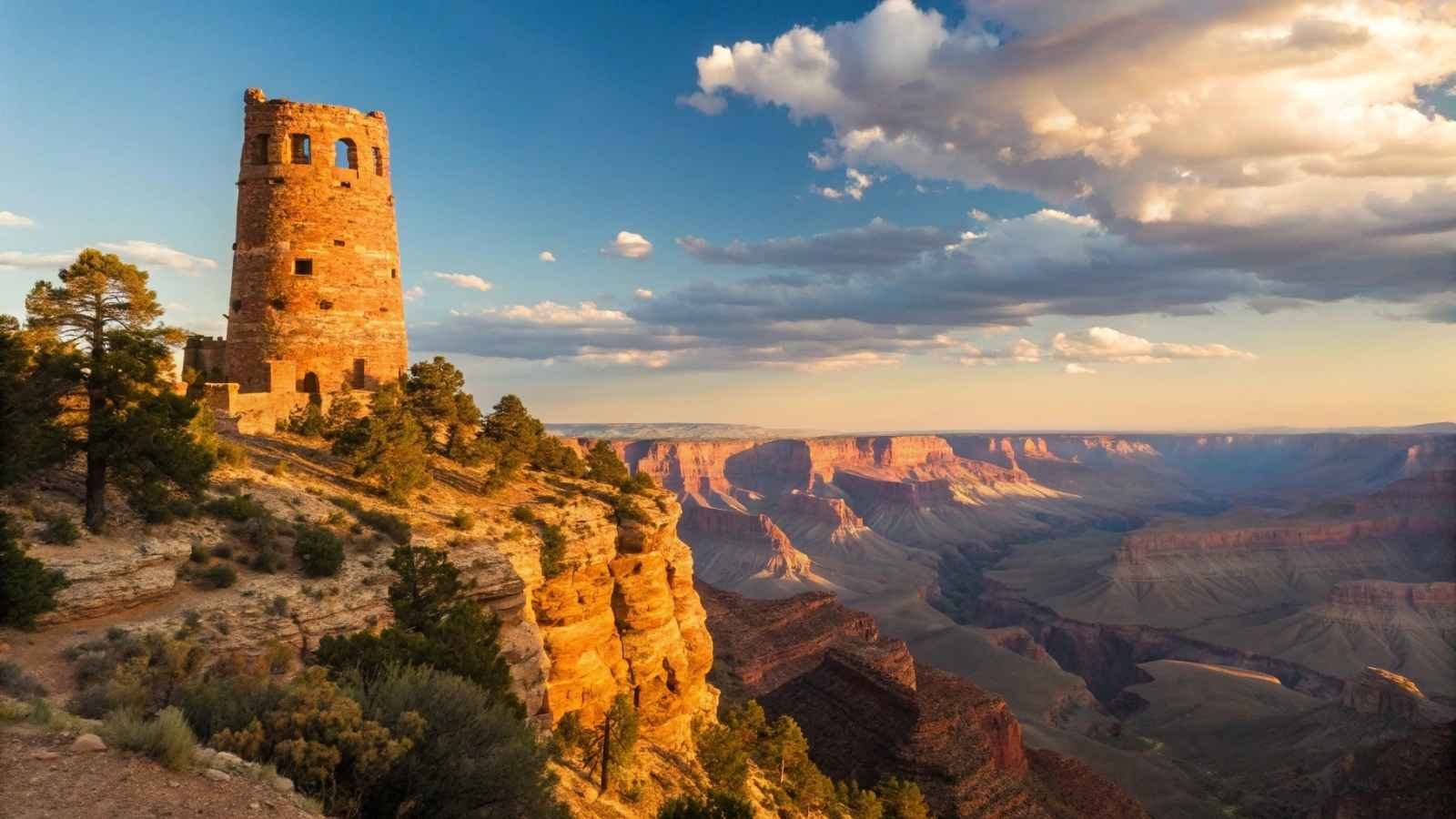
This is your ultimate orientation to the Grand Canyon. The 23-mile Desert View Drive stretches east from Grand Canyon Village to Desert View Watchtower, and it’s hands-down the best way to see multiple viewpoints in one trip—especially if it’s your first time here. Unlike some other areas that are either overly crowded or underwhelming, this drive threads through an ideal balance of iconic overlooks and peaceful vistas that’ll leave you speechless.
Along the route, you’ll pass stops like Grandview Point, Moran Point, and Lipan Point, each revealing a new angle of the canyon’s layered depths. Lipan Point, in particular, gives a glimpse of the Colorado River—a great way to appreciate how that little ribbon of water carved this entire masterpiece. The final reward? Desert View Watchtower, a historic stone tower that not only gives you elevated views but also connects you to Indigenous architecture and artistry.
If you’ve only got a day, this drive is your best investment. You can pause where you like, pack a picnic, and genuinely get a sense of the canyon’s scale without a hike. It’s low-effort but high-reward—perfect for first-timers.
- Best Months to Visit: March–May, September–November (mild temps, fewer crowds)
- Time Needed: 3–5 hours with stops
- Entrance: Included in park admission
- Tips: Start early to avoid mid-day glare in your photos; bring snacks and water
- Good for: Families, couples, solo travelers, and mobility-limited visitors
2. Mather Point at Sunrise
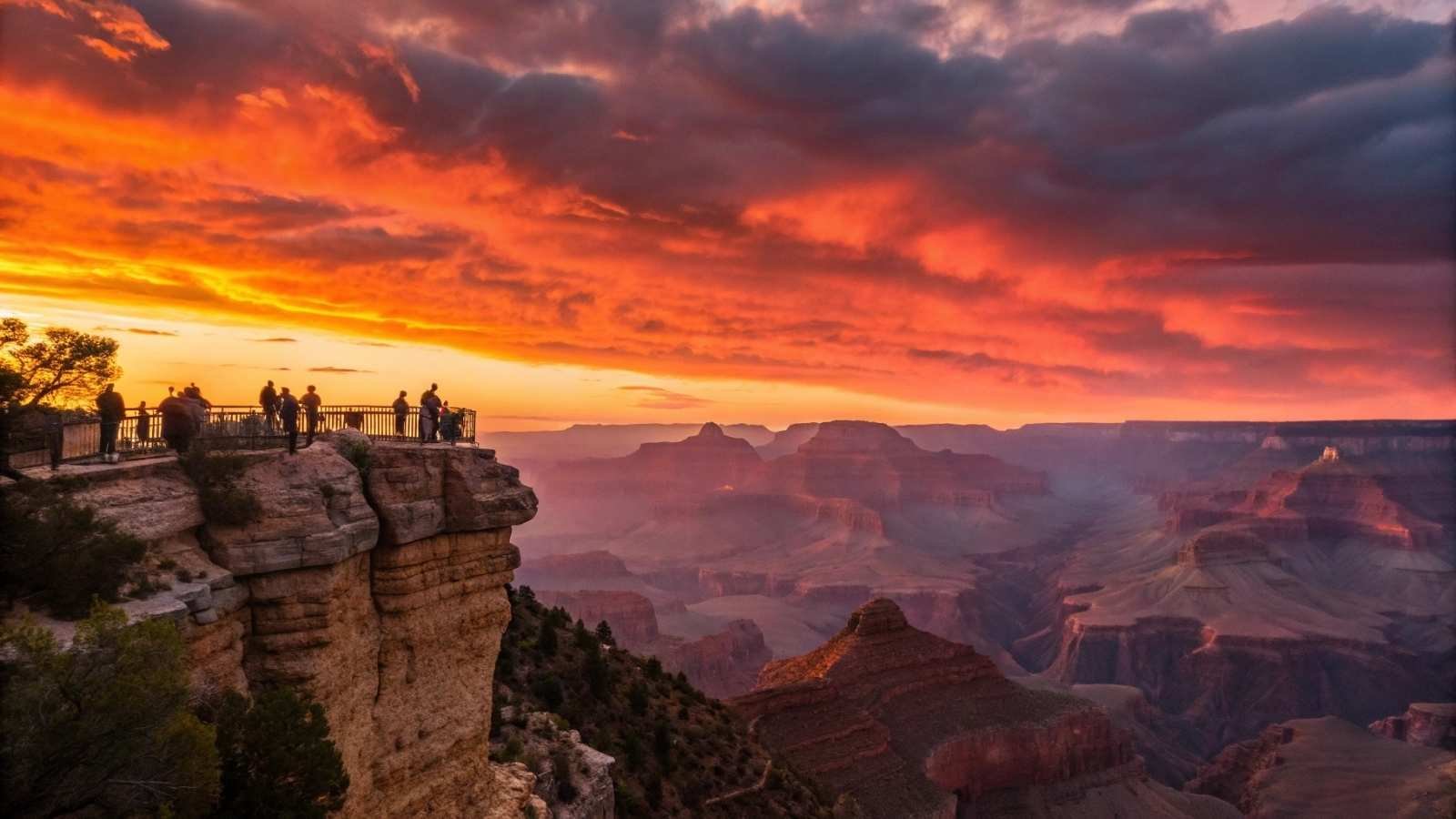
There’s a reason Mather Point is the first place most people head to—it’s the quintessential Grand Canyon view. But here’s the insider move: go at sunrise. Watching the first golden rays stretch across the canyon is something that sticks with you. The silence, the colors, the vastness—it’s unforgettable.
Mather Point is near the Visitor Center, making it easy to access even if you’re staying nearby or coming in early from outside the park. The light in the early morning transforms the canyon into a living canvas. Shadows dance across the cliffs, and the colors morph minute by minute—from rosy pinks to deep ochres. Plus, if you’re there just after the gate opens, you’ll often find it peacefully uncrowded—a rarity during daytime hours.
Even if you’re not a morning person, this is worth the alarm clock. Take a thermos of coffee, a blanket, and a camera—you’ll walk away with good pictures.
- Best Months: Year-round, but spring and fall offer crisp, clear skies
- Best Time: 5:30–6:30 am, depending on the season
- Nearby Amenities: Restrooms, Visitor Center, shuttle stops
- Parking: Large lot nearby; fill up by mid-morning
- Pro Tip: Bring a flashlight or headlamp if walking from the parking lot before dawn
3. Grand Canyon Village Historic District
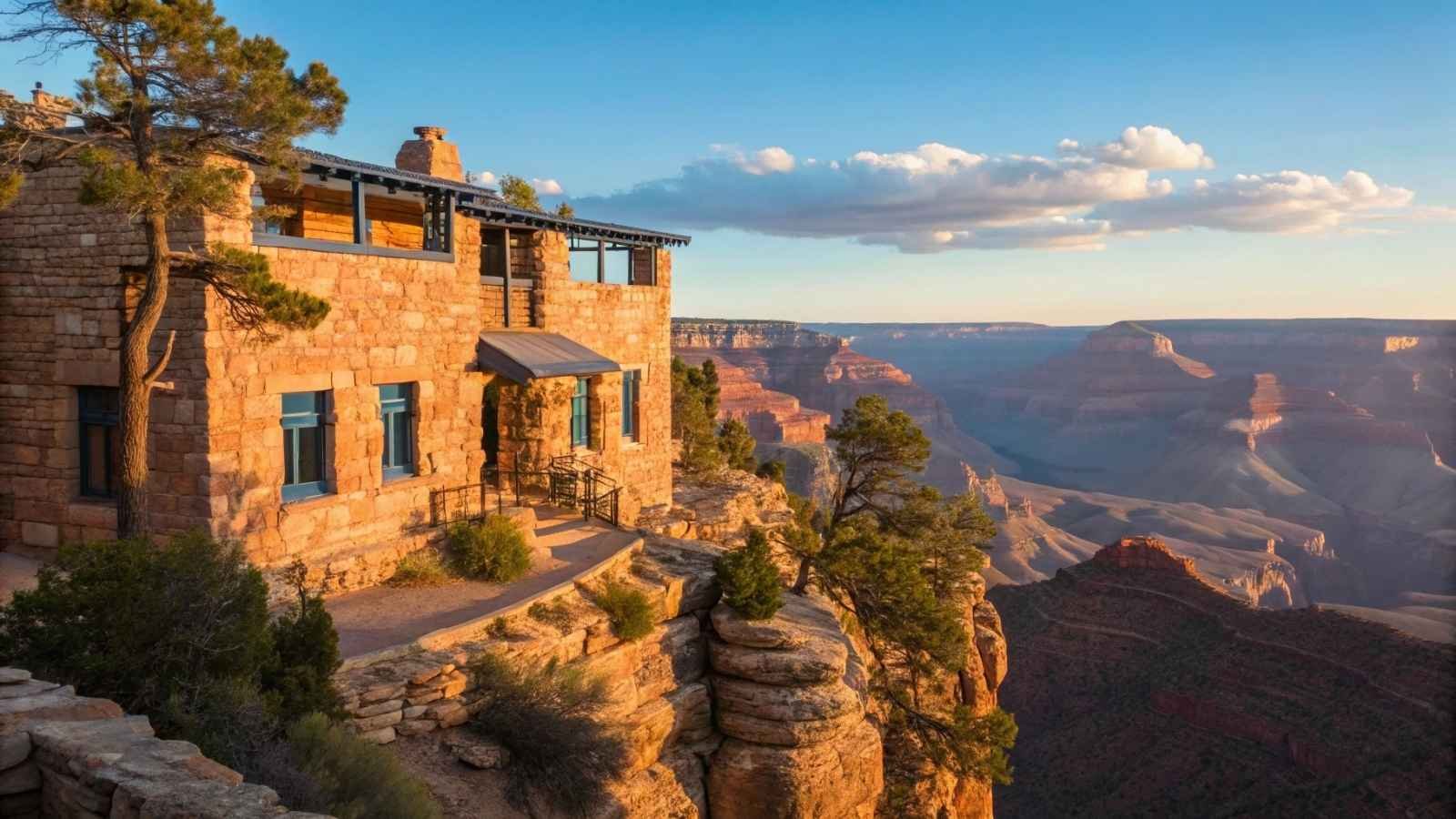
This isn’t just a launchpad—it’s an attraction in itself. Grand Canyon Village is where history, convenience, and jaw-dropping views come together. For a first-timer, this area gives you a well-rounded intro to the canyon’s past and present. You’ll find rustic lodges, museums, scenic lookouts, and even a working train depot—all against the backdrop of the canyon’s rim.
Start at El Tovar Hotel, a 1905 historic lodge that’s practically perched on the edge. Whether you’re staying there or just visiting, you’ll appreciate its charm and architecture, which reflect the park’s early tourism era. Don’t miss the Kolb Studio, once the home and workspace of daring photographers who helped make the canyon famous. Then head to Lookout Studio for panoramic views and a few affordable souvenirs.
Everything’s walkable here, and there’s plenty of interpretive signage, ranger programs, and photo ops. It’s the perfect spot to absorb a little context, get oriented, and take it slow.
- Best Months: April–October (most services open)
- Time Needed: 2–4 hours, longer if you explore inside buildings
- Good For: First-timers, history lovers, architecture fans
- Accessibility: Fully walkable, with ramps and restrooms
- Don’t Miss: The view from behind El Tovar at sunset—it’s magical
4. Bright Angel Trail (Short Hike Option)
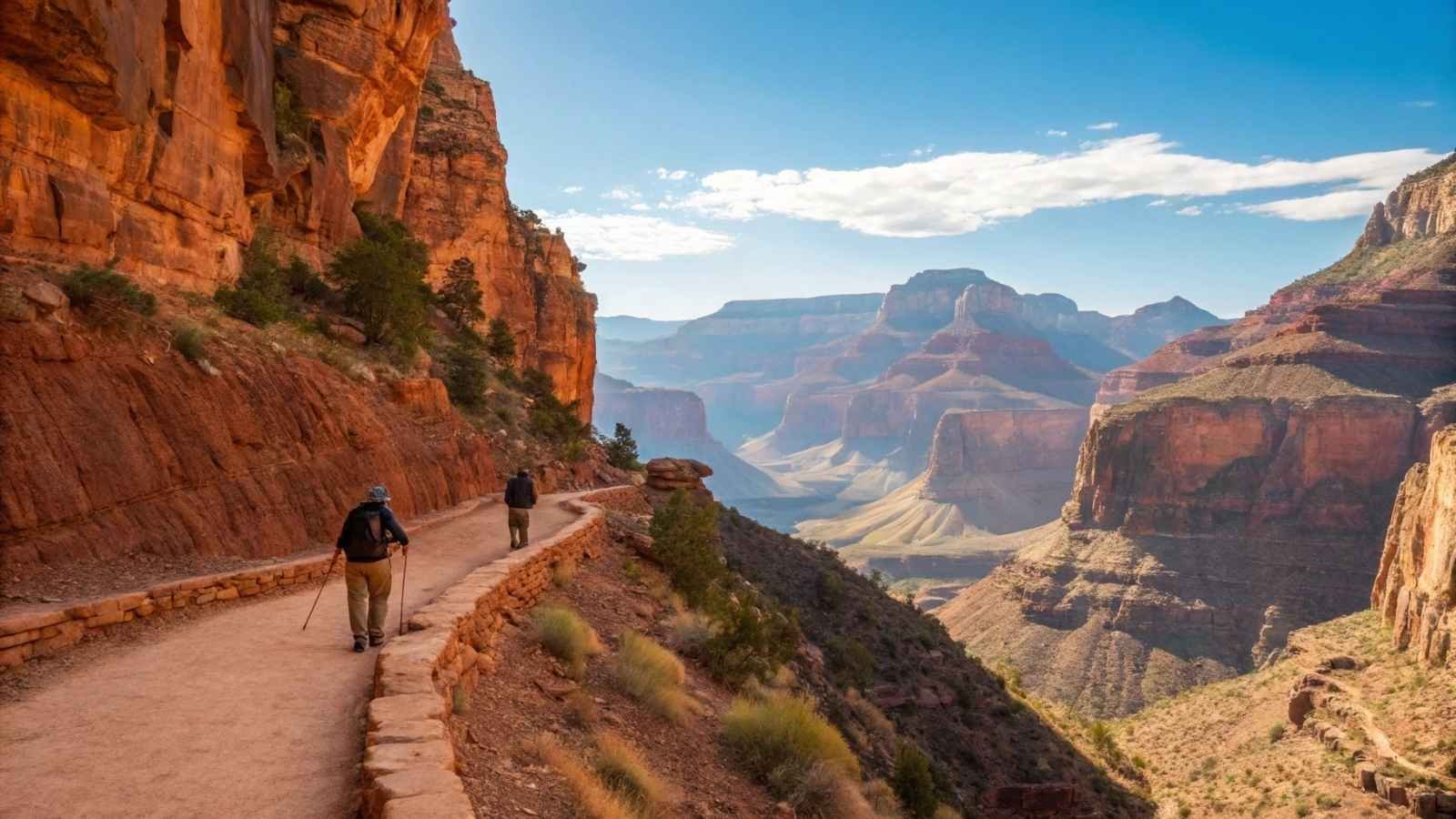
If there’s one trail every first-timer should test out, it’s the Bright Angel Trail. But here’s the thing—you don’t have to hike the whole thing (and unless you’re in top shape, you shouldn’t try). Just going down a mile or two gives you a completely different perspective of the canyon—literally and emotionally.
Even a short hike to the 1.5-mile Resthouse lets you experience descending into the canyon without committing to a full-day trek. You’ll feel the temperature shift, see the layers up close, and understand how vast this place truly is. The trail is well-maintained, and there’s shade in places, but it’s a steep climb back up, so pace yourself.
Pack more water than you think you’ll need, wear sturdy shoes, and always remember: going down is optional, but coming back up is mandatory. That said, the trail is worth it. You’ll walk away with not just epic canyon views, but a sense of real connection to the land.
- Best Months: March–May and September–October (avoid summer heat)
- Distance Option: 1.5 miles (resthouse) or 3 miles (2nd resthouse) round-trip
- Trail Conditions: Paved start, then dirt/rock; mule traffic possible
- Essentials: Water, snacks, sun protection, trekking poles if needed
- Start Early: Before 8 am to avoid heat and crowds
5. Hopi Point at Sunset
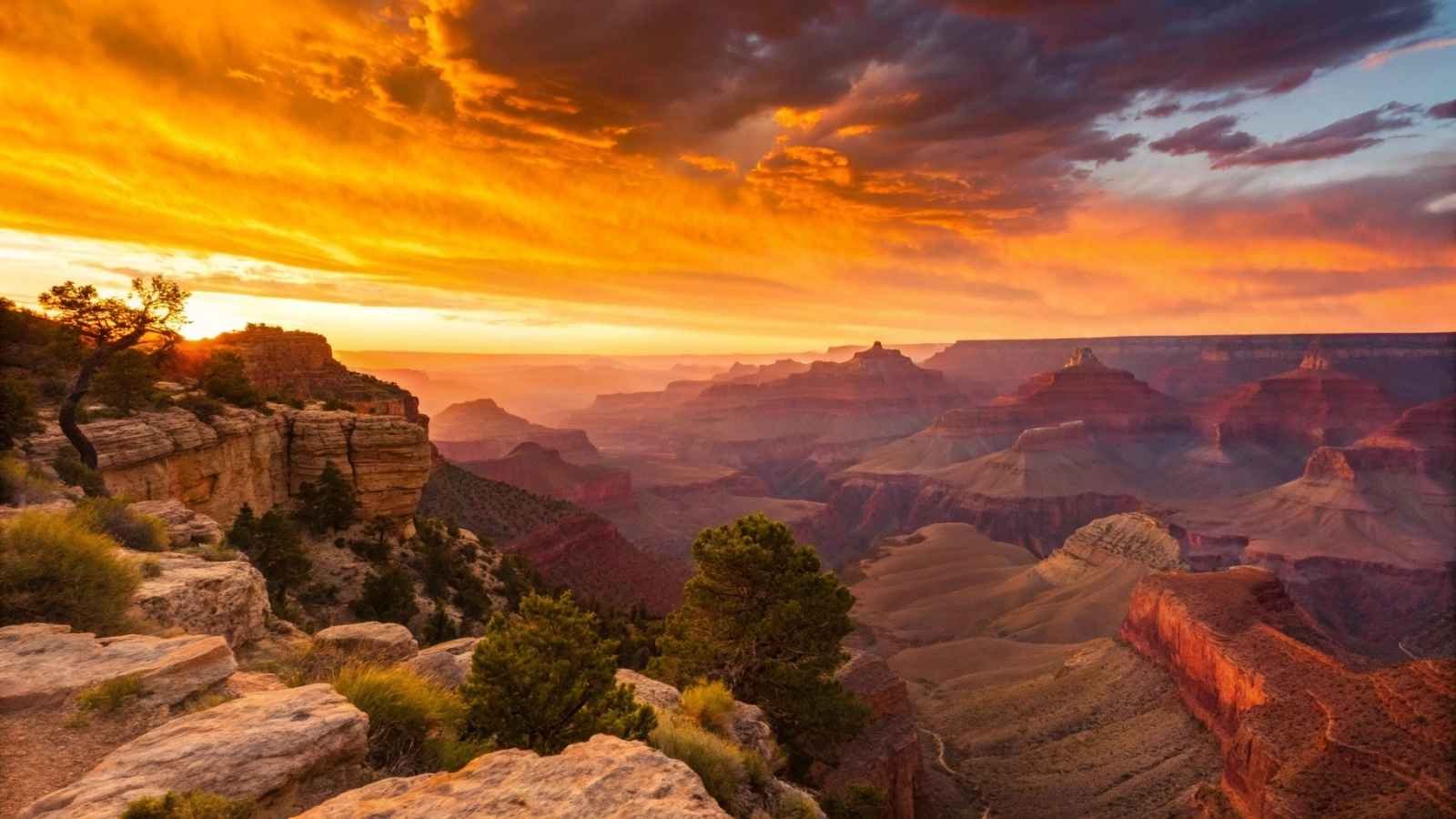
If sunrise at Mather is about peace, then sunset at Hopi Point is about drama. Known for having the widest panoramic view of any overlook on Hermit Road, Hopi Point is the go-to place when the sun starts to drop. The canyon stretches endlessly here, and the shadows and golden light create a show that feels like it was made just for you.
You’ll see the sun dip behind distant buttes, with light painting the upper walls while the canyon floor fades into mystery. Hopi Point also offers glimpses of the Colorado River, a rare treat from the South Rim. Because it’s slightly off the beaten path (shuttle-only during most of the year), it doesn’t get as mobbed as some other spots.
Arrive 45 minutes before sunset to snag a spot, and stay after the sun sets—the twilight colors can be even better than the sunset itself. Bring a light jacket and settle in. This is the show you don’t want to miss.
- Best Months: April–October (shuttle runs), but beautiful year-round
- Access: Shuttle-only in peak seasons via Hermit Road
- Best Time: 30–45 minutes before sunset
- What to Bring: Layers, water, camera, patience for the shuttle wait
- Extra Tip: Great spot for stargazing once the crowds thin
6. Rim Trail Walk (Between Mather Point and Hermit’s Rest)
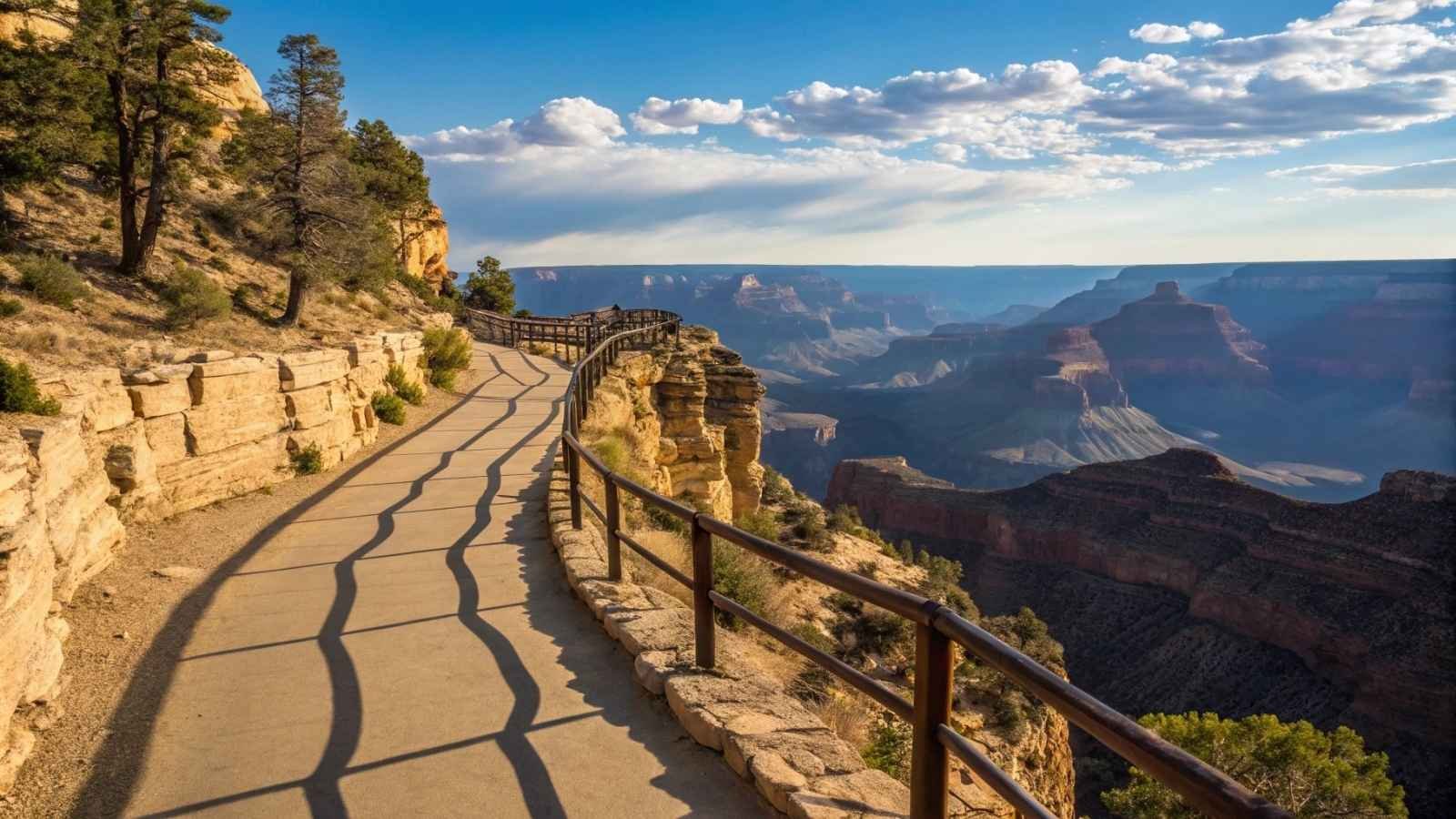
If hiking into the canyon sounds a bit too ambitious, the Rim Trail offers a stunning, low-effort alternative, with views that don’t quit. Stretching over 13 miles along the South Rim, it’s mostly paved and relatively flat, which means you can walk for 10 minutes or a few hours and still feel rewarded. The section between Mather Point and Hermit’s Rest is especially scenic and peppered with rest areas, shuttle stops, and lookout points.
You’ll pass iconic stops like Yavapai Point, Maricopa Point, and Powell Point, each with interpretive signs that add color to what you’re seeing. It’s a chance to linger at your own pace, snap incredible photos, and hear the wind rushing through the canyon. No rush, no climb, no pressure—just pure awe.
This trail is perfect for travelers who want the full experience without tackling serious elevation. It’s also great for families, casual walkers, and those who want to soak in the majesty without breaking a sweat.
- Best Months: All year (snow adds beauty in winter)
- Distance: Choose-your-own-adventure (1–13 miles)
- Accessibility: Wheelchair-friendly in several sections
- Good To Know: Free shuttle stops connect you along the trail
- Insider Tip: Early morning light = fewer crowds and better visibility
7. Grand Canyon Skywalk (West Rim)
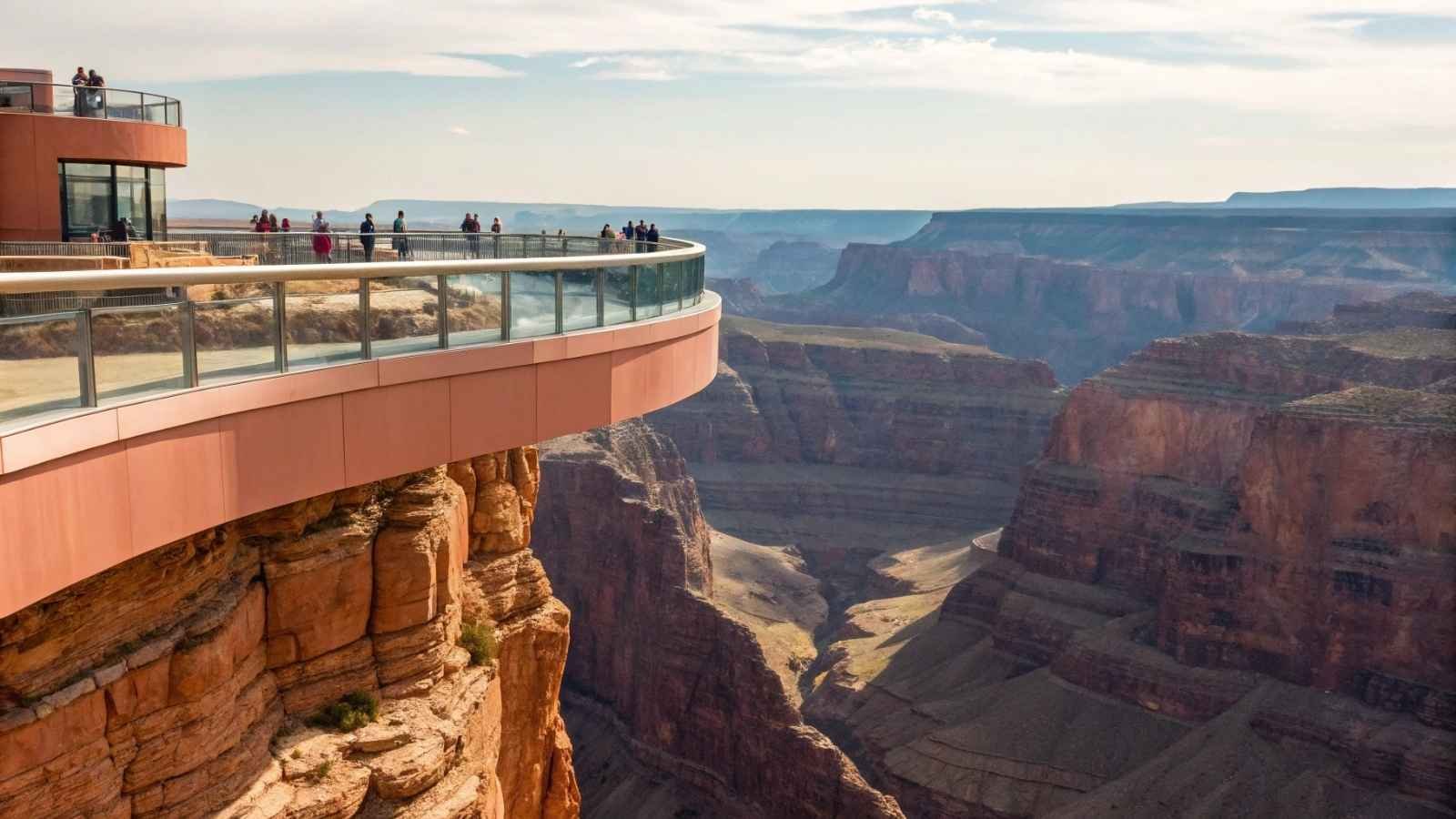
Want to experience the canyon in a way that makes your knees wobble a little? Head to the Grand Canyon Skywalk, where a glass-bottomed walkway lets you step 70 feet out over the edge—4,000 feet above the canyon floor. It’s not for the faint of heart, but it’s undeniably thrilling.
Located at Grand Canyon West, which is owned and operated by the Hualapai Tribe, this experience isn’t part of the National Park but offers a different flavor of the canyon. The drive is longer from places like Flagstaff or Williams, but many opt for a day trip from Las Vegas, making it popular with road-trippers and bucket-listers alike.
You’ll get a different perspective here: the terrain is more rugged, the crowds more international, and the canyon walls feel closer and more vertical. The Skywalk is an adrenaline shot with a view, and for many, a once-in-a-lifetime photo op—no filters needed.
- Best Months: October–April (to avoid scorching summer heat)
- Location: West Rim, about 2.5 hours from Las Vegas
- Tickets: Sold separately from National Park passes
- Photos: No personal cameras allowed on the Skywalk (staff take pro shots)
- Other Nearby Attractions: Eagle Point and Guano Point offer jaw-dropping views
8. Visitor Center + Yavapai Geology Museum
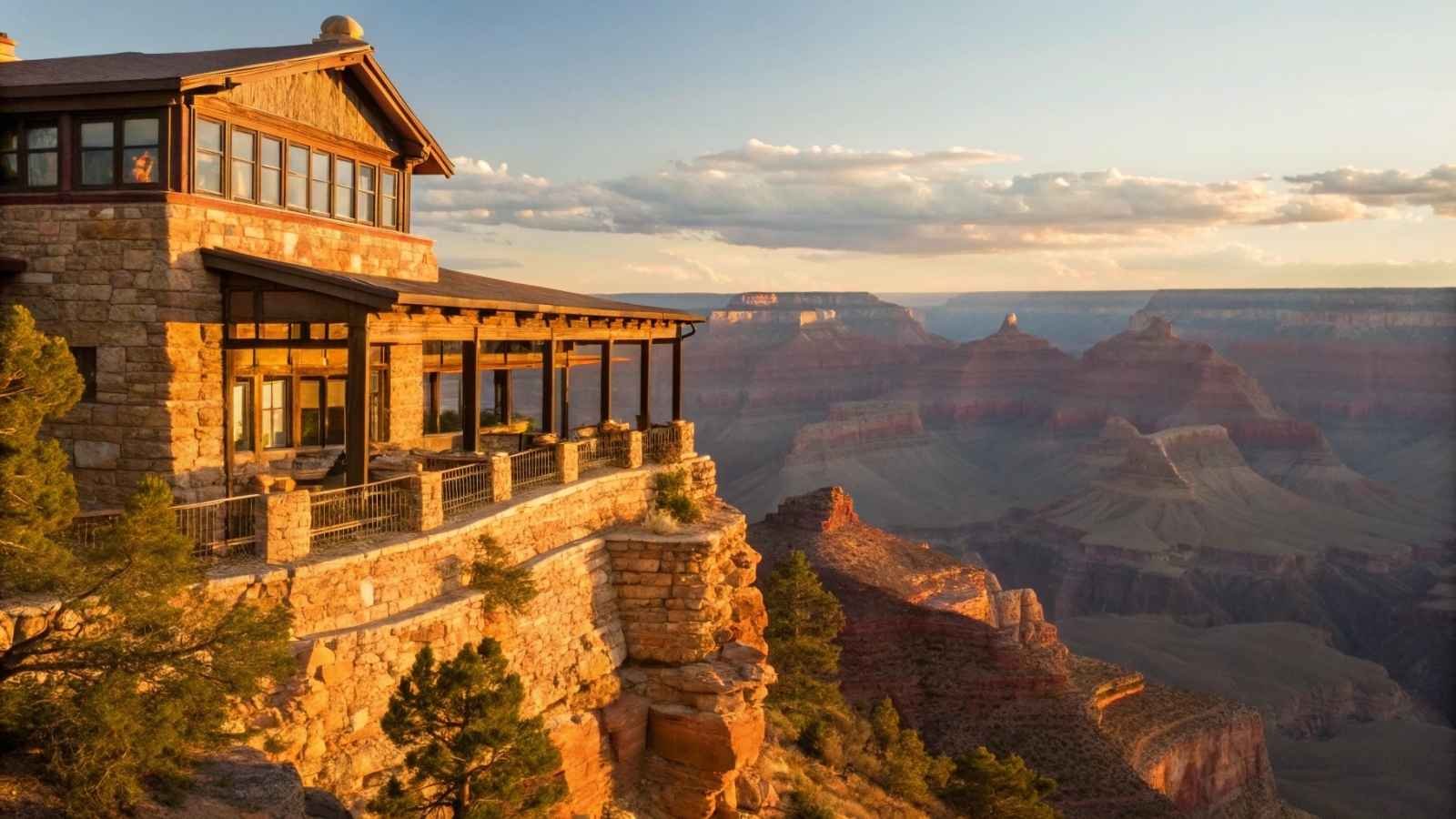
Before you dive into scenic drives and canyon hikes, it’s worth spending a bit of time at the Grand Canyon Visitor Center and the nearby Yavapai Geology Museum. These spots aren’t just for maps and restroom breaks—they help you understand what you’re looking at.
At the Visitor Center, short films, rangers, and interactive exhibits give you a crash course on the canyon’s formation, wildlife, and ecosystems. But the real gem is a quick walk away—Yavapai Point and its adjoining geology museum. There, you’ll find massive windows that overlook the canyon, with displays that decode the layers of rock stretching across millions of years.
This stop transforms your experience. Suddenly, those striped canyon walls aren’t just beautiful—they’re stories stacked in stone. It’s a great place to start or end your visit, especially if you want to leave with more than just pictures.
- Best Months: Anytime, but less crowded in fall and winter
- Location: Near Mather Point on the South Rim
- Time Needed: 1–2 hours
- Accessibility: Fully ADA accessible
- Extra Tip: The geology museum is quieter in the afternoon
9. Helicopter or Airplane Tour
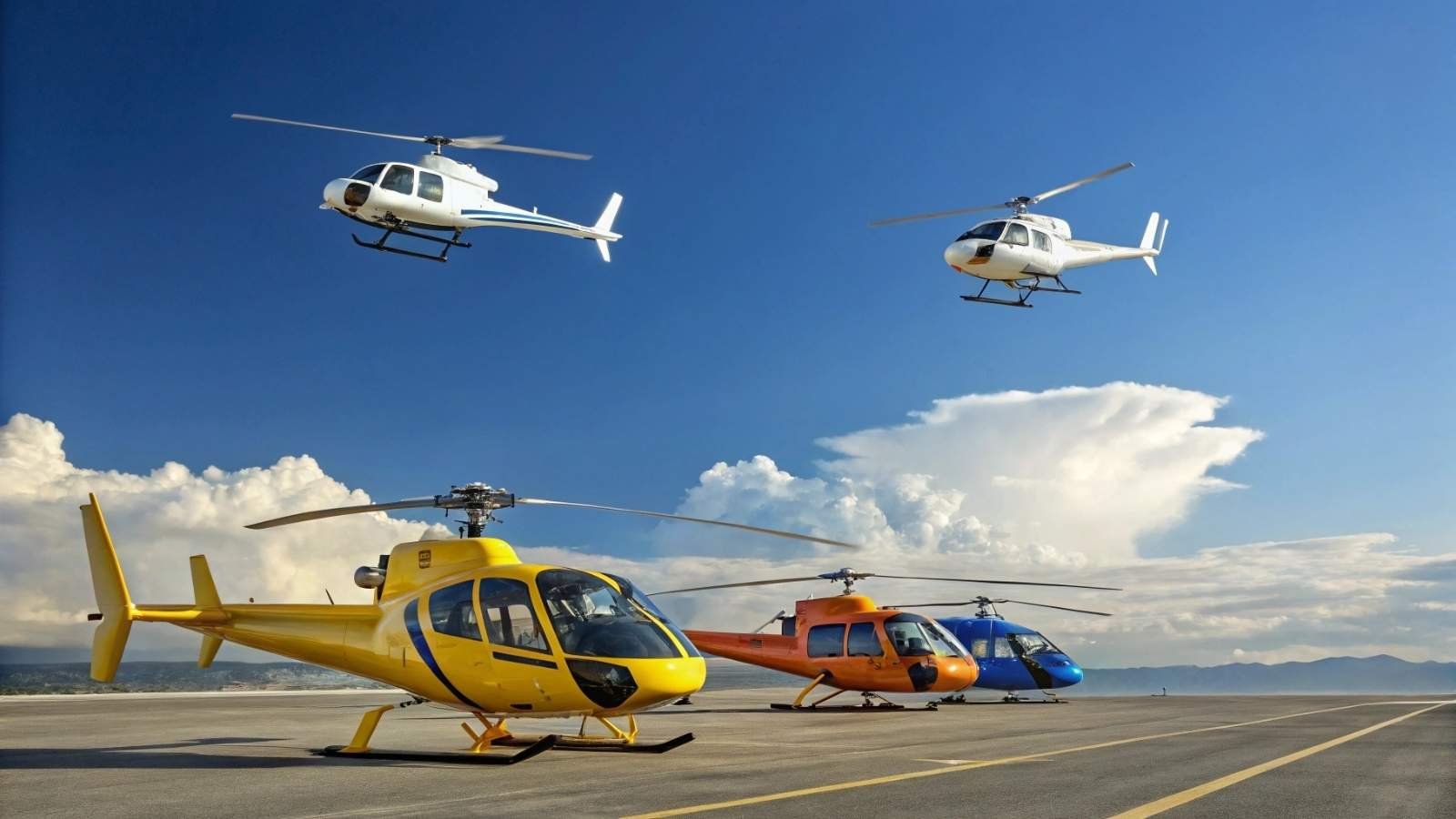
There’s seeing the Grand Canyon—and then there’s soaring over it. If you want a perspective that truly showcases the canyon’s scale, a helicopter or airplane tour is unforgettable. Within minutes, you’re looking down at the Colorado River slicing through the earth like a ribbon, with canyon walls rising and falling like waves around you.
Tours take off from places like Tusayan (South Rim) or Las Vegas and offer different flight paths depending on your budget and time. Helicopters fly lower and can even drop into the canyon for landings, while airplanes provide a wider overhead view. It’s a splurge, but one that adds a whole new dimension, especially for those who may not hike or stay long.
If you’re short on time or want to go all in, this is the bucket-list cherry on top. Just know that seats fill up fast, especially during peak months, so book ahead.
- Best Months: September–May (better visibility and less turbulence)
- Tour Time: 25 minutes to 1.5 hours
- Price Range: Starts around $200–$400 per person
- Booking Tip: Early morning flights have calmer air
- Good For: First-timers, photographers, seniors, and time-crunched travelers
10. Colorado River Viewpoints or Half-Day Rafting Tour
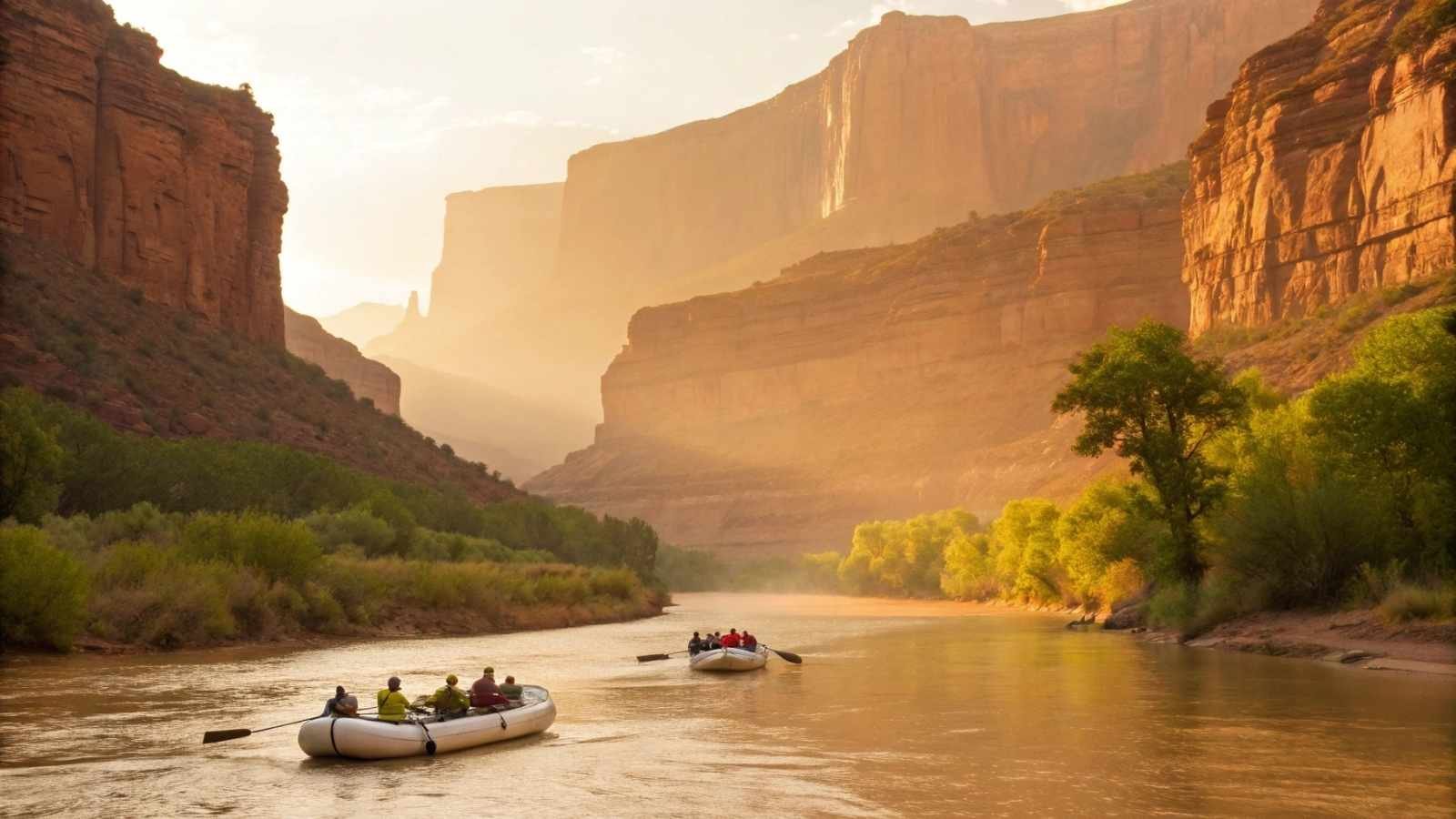
Most visitors see the Grand Canyon from the top looking down, but few get to see it from the bottom looking up. Whether you view it from a lookout like Lipan Point (where the river snakes visibly through the gorge) or get down on the water via a half-day rafting trip, connecting with the Colorado River brings a deep sense of awe.
You don’t need to commit to a grueling hike or multi-day backcountry trip to enjoy the river. Several tour operators offer smooth-water rafting trips from nearby Page or the Glen Canyon area that are beginner-friendly and stunning. These give you up-close views of canyon walls, ancient petroglyphs, and perhaps even bighorn sheep perched along the rocks.
If rafting isn’t in the cards, opt for viewpoints that offer river visibility—they’re fewer than you’d think, which makes them even more special.
- Best Months: April–October (ideal river levels and temps)
- Best Viewpoints for River Sightings: Lipan Point, Hopi Point, Desert View
- Rafting Tours: Book in advance; often include transportation
- What to Bring: Dry bags, sunscreen, water shoes
- Good For: Adventure seekers, photographers, nature lovers



